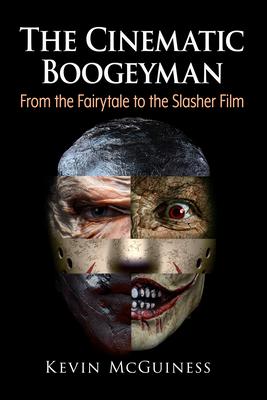In the 1978 horror film classic Halloween, little Tommy Doyle asks his babysitter Laurie Strode "what is the Boogeyman?" This book answers this question by assessing the qualities that create the Boogeyman persona in Western popular culture particularly in the fairytale and the modern horror film. Using an archetypal approach derived from the work of Carl Jung and his successors Erich Neumann and Edgar Herzog, the book assesses the figure of the Boogeyman through an interdisciplinary lens that incorporates research from the fields of psychology, philosophy, and film studies.
The book begins with an examination of the key traits associated with Bluebeard, a quintessential example of the folkloric Boogeyman featured in Charles Perrault's 1697 collection of fairytales. Through an intense comparative analysis, it highlights the presence of similar qualities in the popular villains from the contemporary American slasher movies of the 1970s and '80s. Specifically, these characters include Michael Myers from Halloween (1978), Jason Voorhees of Friday the 13th (1980), and Freddy Krueger featured in A Nightmare on Elm Street (1984). This examination situates these terrifying antagonists within a larger context of monstrosity and simultaneously establishes their role as cinematic manifestations of the folkloric Boogeyman.
